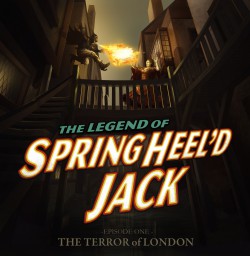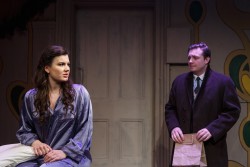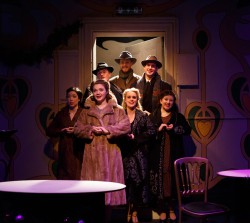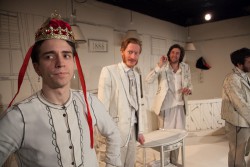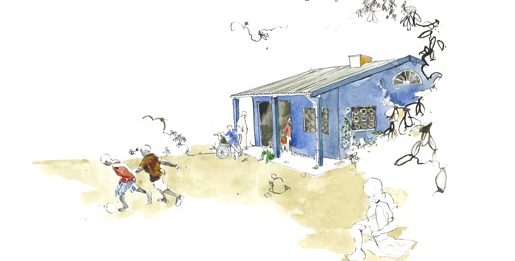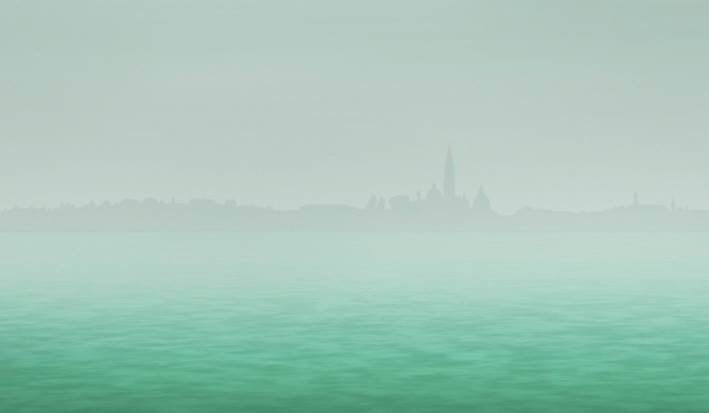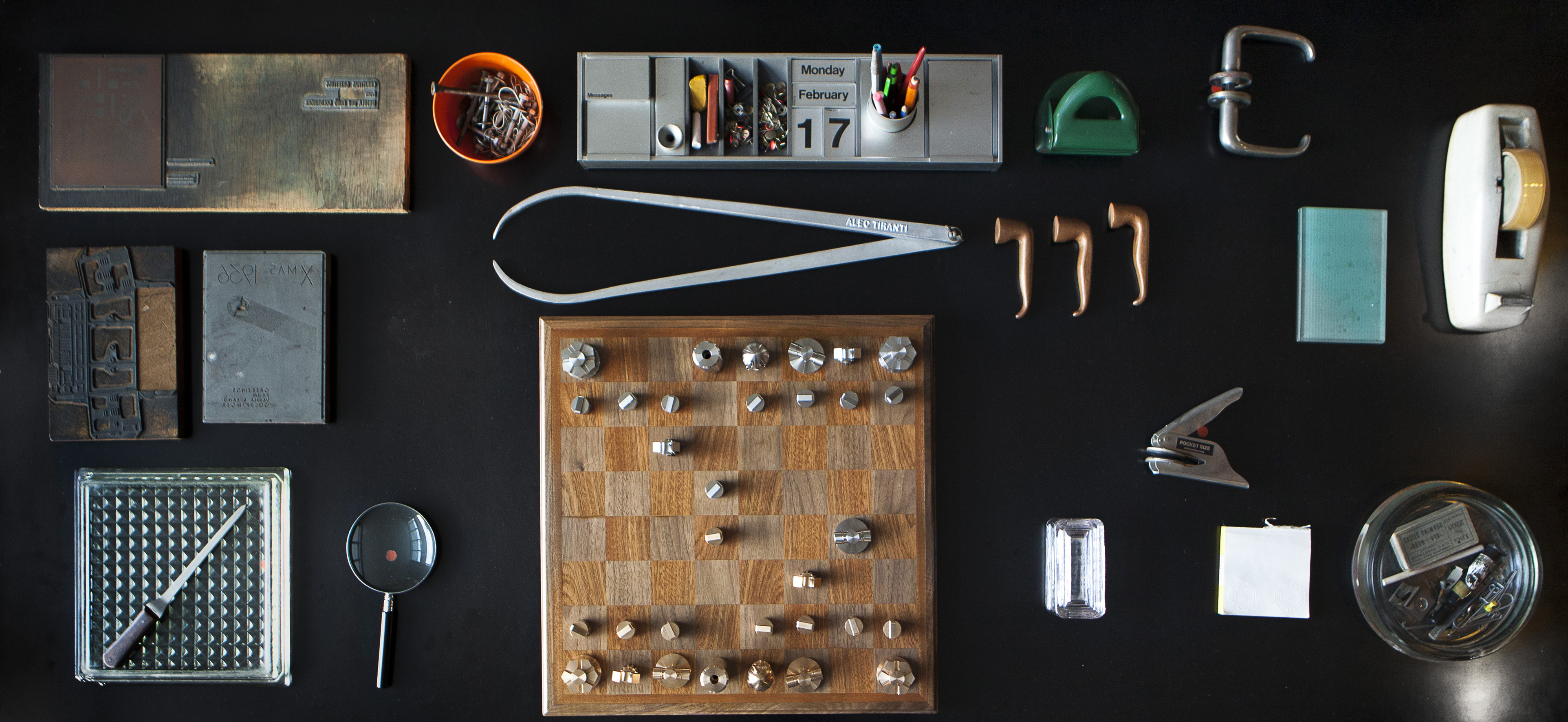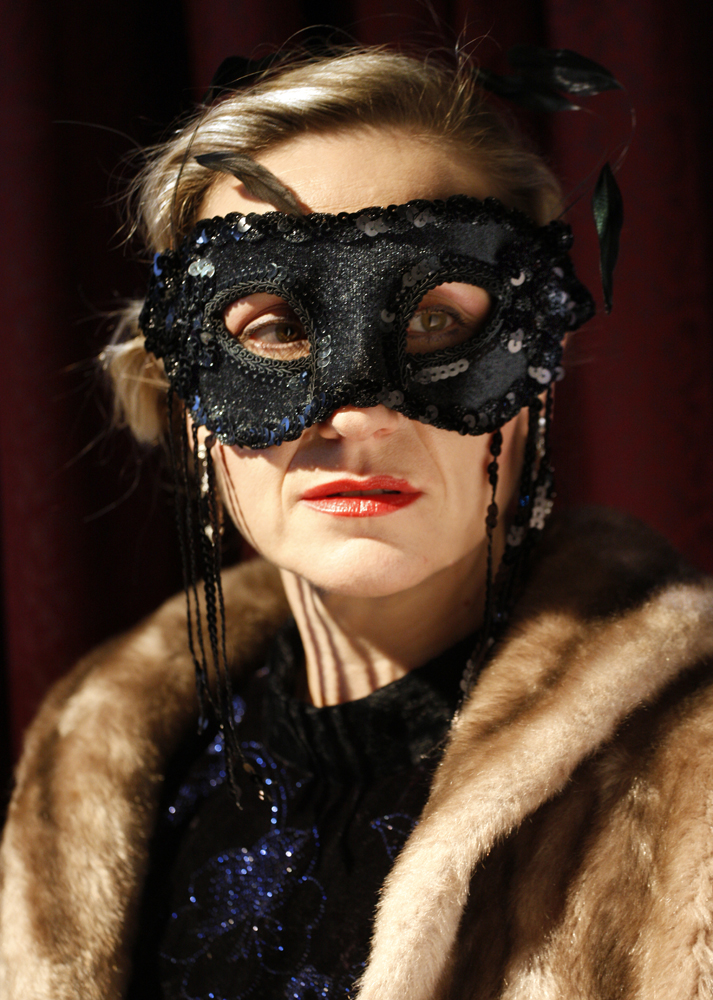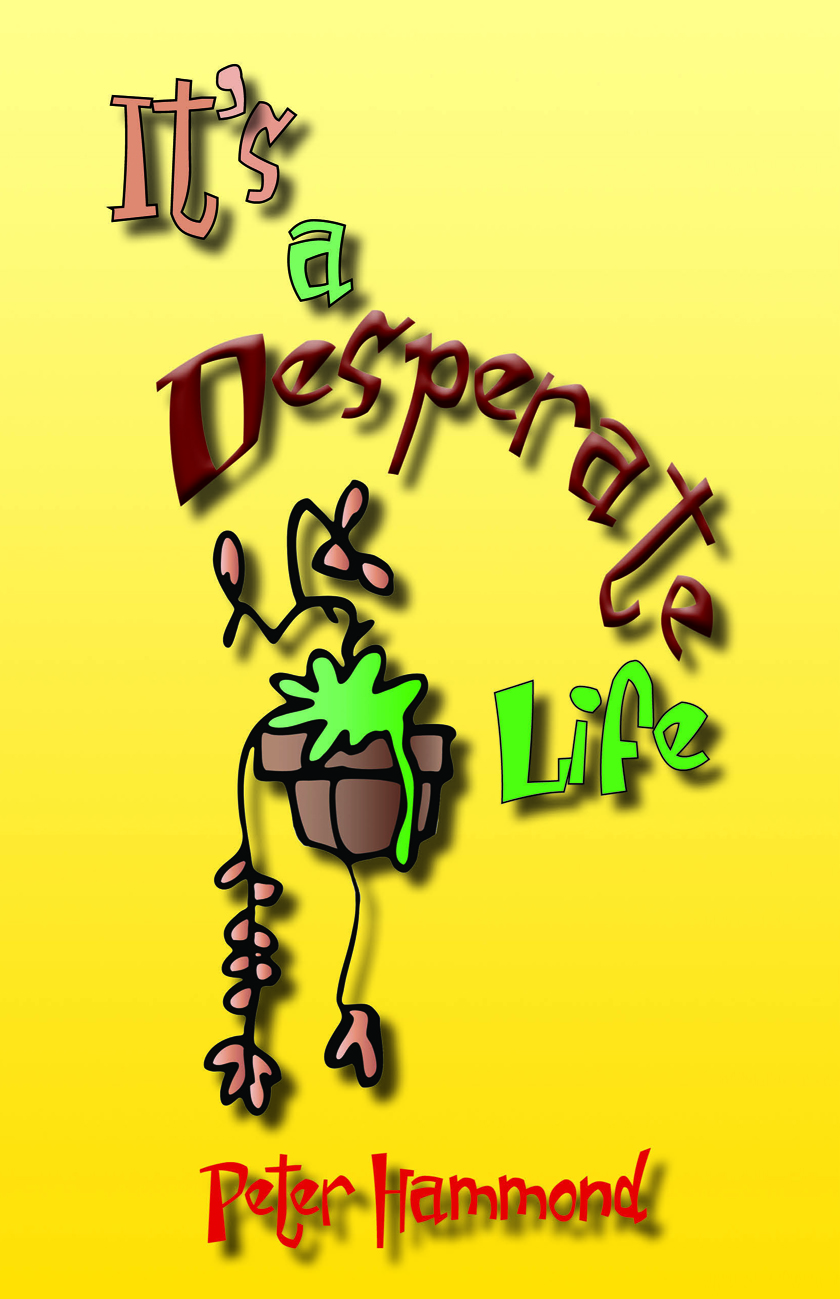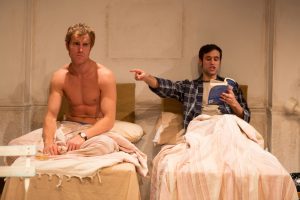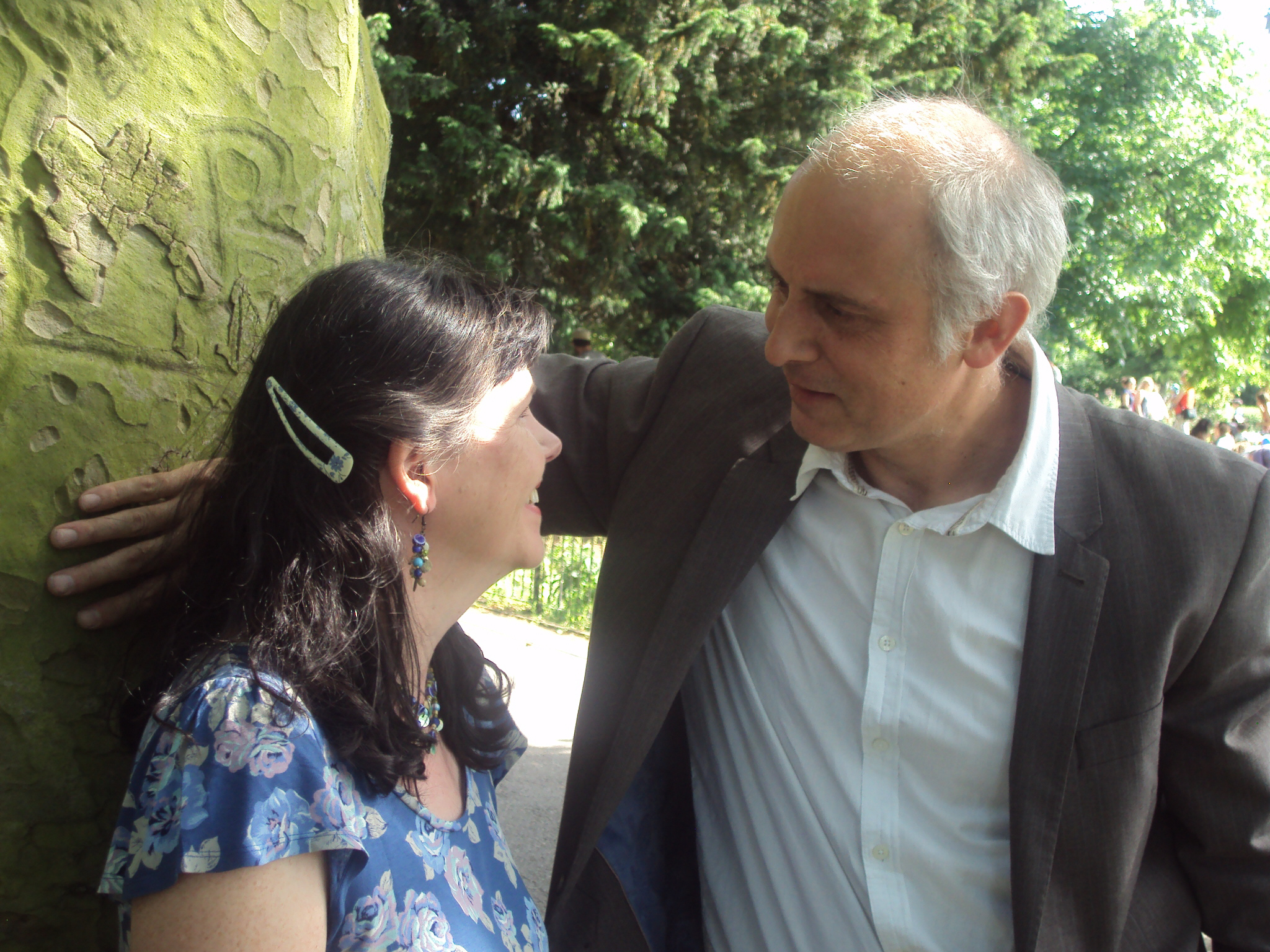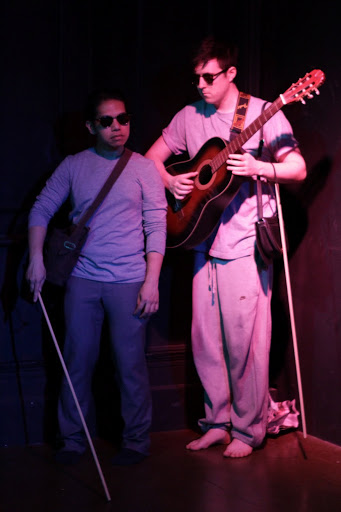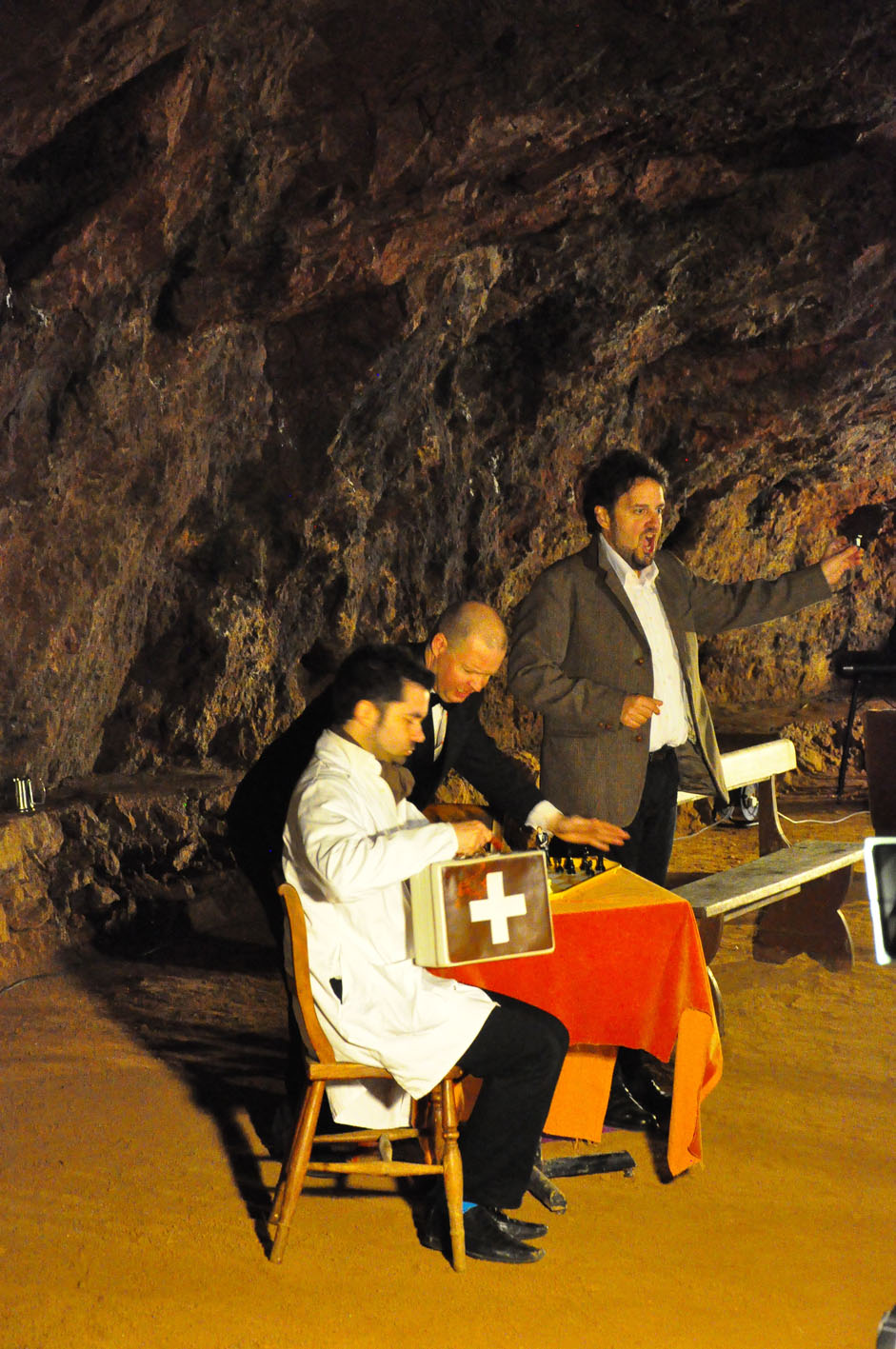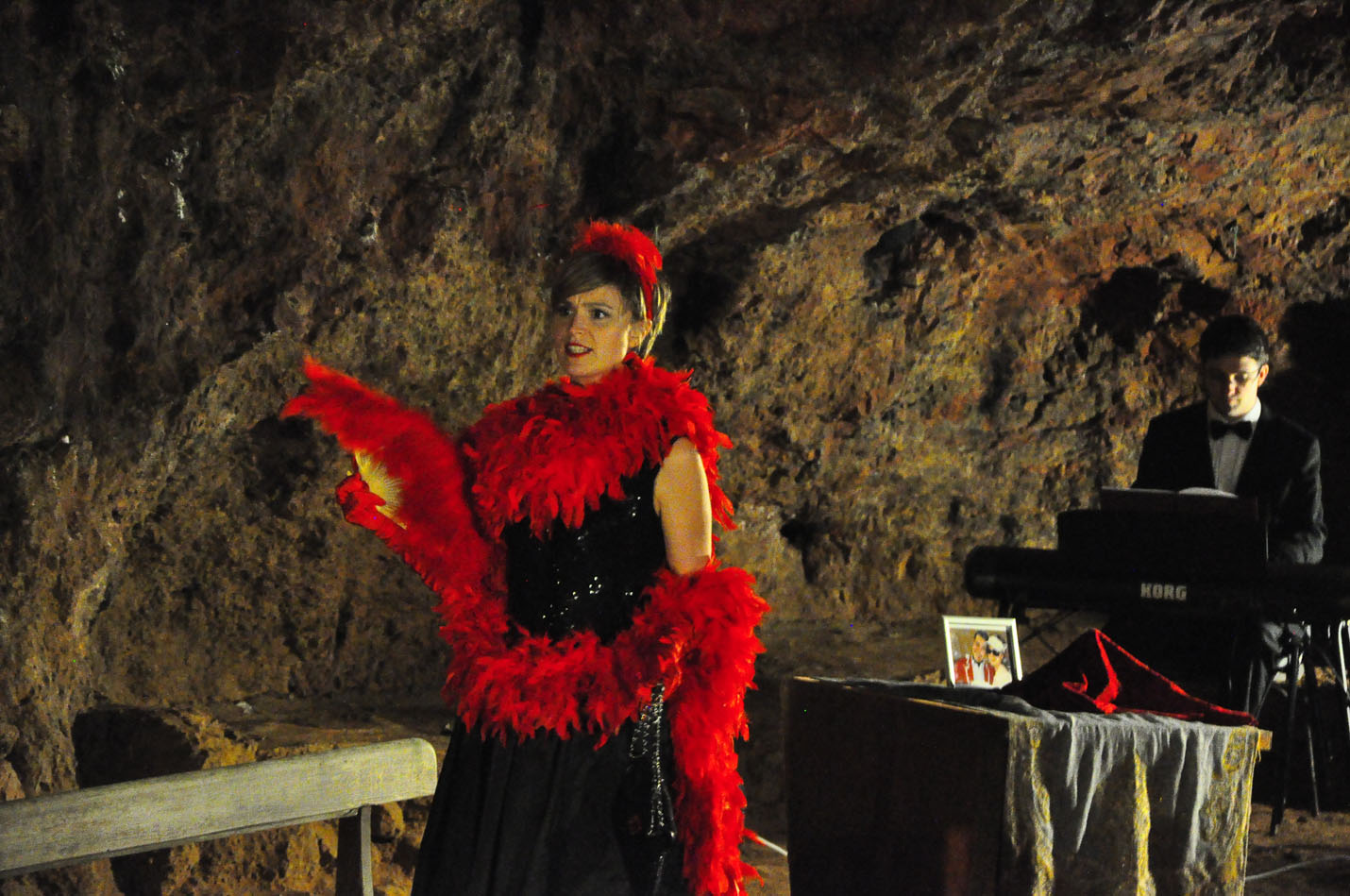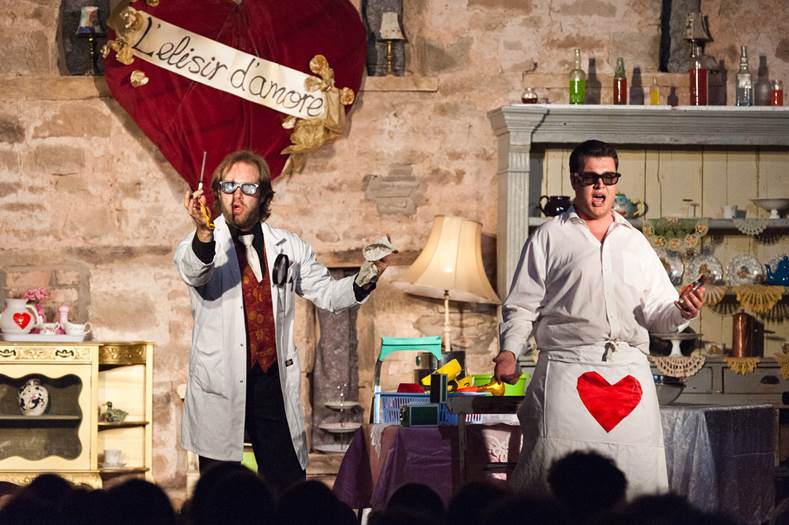The Legend of Springheel’d Jack – Series II of The Springheel Saga
Once again, Wireless Theatre Company has produced an energising, bewitching, atmospheric piece of radio. Opening seven years after the end of the last series, we are immediately dropped into the thick of the action and the pace does not let up throughout the three episodes. The Doctor Who references this time seem to me more subtle, and at the same time wider-reaching. The sound landscape played a large part in this (I’m sure I heard a tardis at a couple of points!), especially the incidental music provided by Cameron K McEwan. Without giving too much away, much of the story revolves around a mysterious box, whose origins, it turns out, involve transwarp drive. The box’s final destination is reminiscent of another cult classic – Raiders of the Lost Ark.
The storytelling remains first-class Writing for radio holds its own special challenges, as the conversations have to tell most of the story, without being too obvious or lessening the impact of the characters as individuals, and this was managed seemingly effortlessly by Gareth Parker and Robert Valentine. However, in this series, they have added the device of a narrator, who is also a character in the story (James M. Rymer, wonderfully played by John Holden White) and this proved to be very effective. As before, the dialogue is outstanding throughout; with priceless lines such as “the tears that rolled down his cheeks behind the large false beard.”
The acting was superb. Christopher Finney reprised his role of Jonas Smith with aplomb, John Holden White, as James M Rymer, was an excellent addition to the cast, and Nicholas Parson was wonderful as Cuthbert Leach. However, my personal favourite this time was Josephine Timmons, as Lizzie Coombe. She was believable on so many different levels (it was a complicated character); totally sympathetic and a pleasure to listen to throughout. Casting was by Jack Bowman, who also had a small but effective cameo, but whose major contribution is in the production and the superb writing (under his pseudonym of Gareth Parker). The excellent direction was by co-writer Robert Valentine, who was also part of the production team, along with Mariele Runacre-Temple.
The Legend of Springheel’d Jack is in three episodes: The Terror of London; The Carnival of Horrors and The Engine of Doom. Each of these can be downloaded from www.wirelesstheatrecompany.co.uk. Series III – The Secret of Springheel’d Jack – is planned for an August/September release. I’ll be listening!
Previously published in Blogtor Who.






